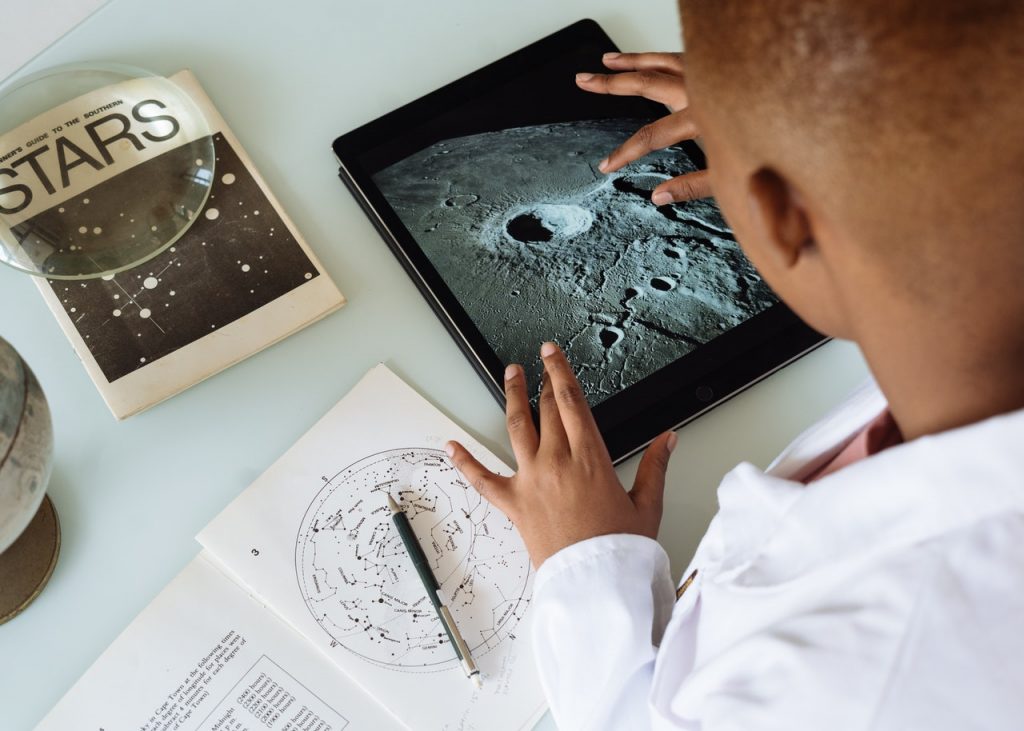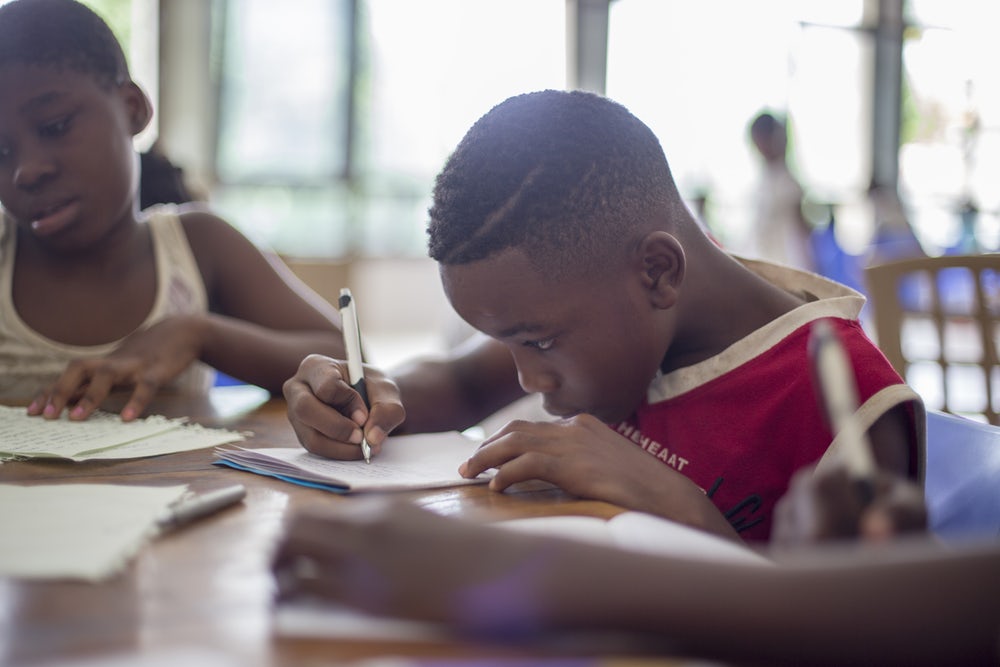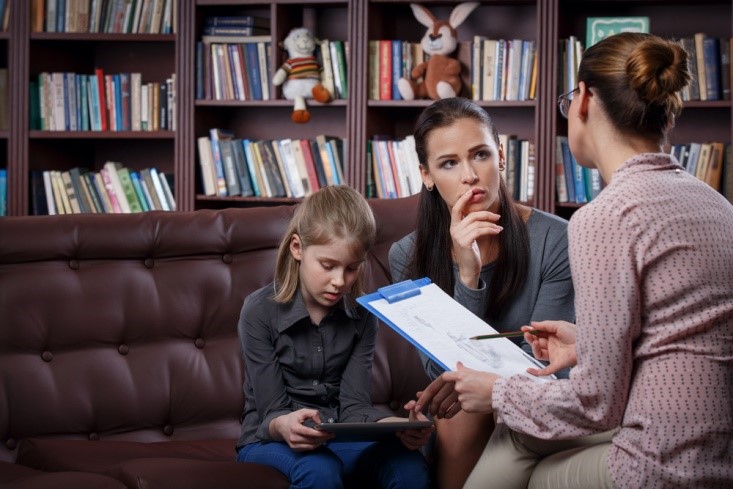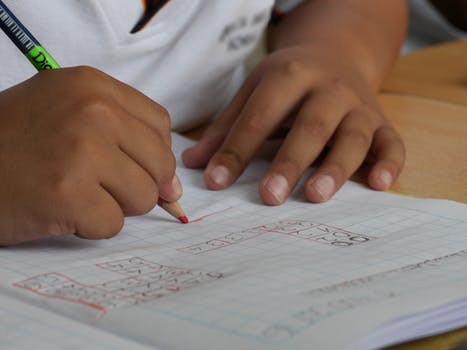Are you looking for strategies to help students who respond inappropriately to praise? If so, keep reading.
1. Embody appropriate ways to respond to interactions with other students or teachers.
2. Recognize and praise the student when they will most likely be able to demonstrate an appropriate response (e.g., when the student is not being singled out in a group).
3. Recognize and praise the student in private. The public aspect of praise or recognition is often the cause of the unacceptable response.
4. Give the student many chances for social and academic success so they may learn how to respond appropriately.
5. Assess the appropriateness of the social situation concerning the student’s capacity and ability to function successfully.
6. Distribute praise and recognition equally to all members of the class.
7. Give praise or recognition for smaller increments of success so that the student may slowly become accustomed to the recognition.
8. Give praise and recognition as a natural consequence for appropriate behavior.
9. Attempt several groupings to ascertain the situation in which the student is most comfortable.
10. Make sure that reinforcement is not provided for unacceptable behavior(e.g., paying attention to the student only when they respond improperly to praise or recognition).
11. Utilize alternative forms of praise or recognition that are not menacing to the student (e.g., written notes, telephone calls to parents, display of work done well, etc.).
12. Show praise with a matter-of-fact delivery and avoid exaggerated exclamations of success.
13. Utilize feedback related to performance (e.g., test scores, grades, etc.) in place of praise or recognition. As the student becomes more capable of accepting praise and recognition, slowly deliver oral praise and recognition.
14. Instead of emphasizing winning or “beating” other students in competition, urge individual success or progress that may be enjoyed privately rather than publicly.
15. Always treat the student with the utmost respect. Talk objectively at all times.
16. Maintain trust and confidentiality with the student at all times.
17. Make sure that other teachers and school staff members who work with the student know that the student does not respond properly to praise and recognition.
18. Praise those students in the classroom who respond properly to praise or recognition.
19. Teach the student acceptable ways to express displeasure, anger, frustration, etc.
20. Praise the student for responding properly to praise or recognition: (a) give the student a concrete reward (e.g., privileges such as leading the line, handing out learning materials, 10 minutes of free time, etc.) or (b) give the student an informal reward (e.g., praise, handshake, smile, etc.).
21. Draft an agreement with the student stipulating what behavior is required (e.g., saying “thank you” when given praise or recognition) and which reinforcement will be implemented when the agreement has been met
22. Praise the student for responding properly to praise or recognition based on the number of times the student can be successful. As the student shows success, slowly increase the number of times required for reinforcement.
23. Talk with the student to explain(a) what the student is doing wrong (e .g., behaving improperly when recognized by others) and (b) what the student should be doing (e.g., saying “thank you,” smiling, etc.).
24. Convey your feelings in a socially acceptable way.
25. Connect with the parents to disseminate information about the student’s progress. The parents may reinforce the student at home for responding properly to praise or recognition at school.
26. Consider using a classroom management app. Click here to view a list of apps that we recommend.
27. Consider using an adaptive behavior management app. Click here to view a list of apps that we recommend.
28. Consider using Alexa to help the student learn to behave appropriately. Click here to read an article that we wrote on the subject.
29. Click here to learn about six bonus strategies for challenging problem behaviors and mastering classroom management.











